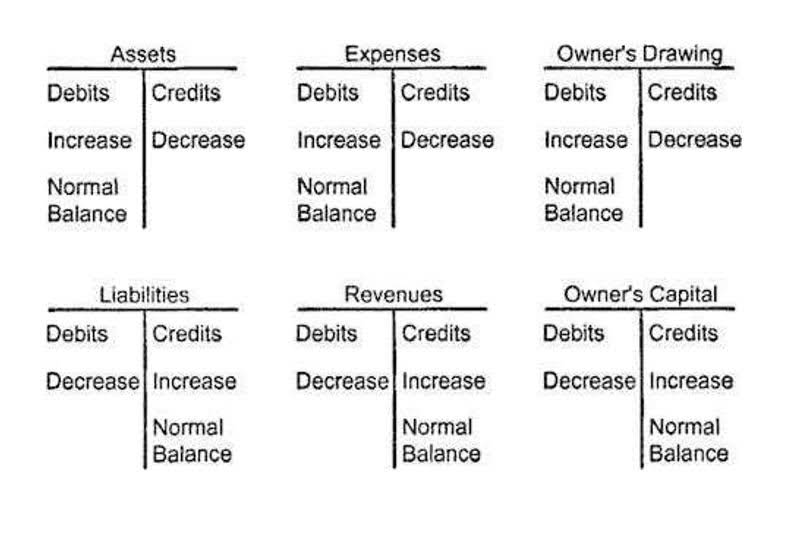
You figured your deduction using the percentages in Table A-1 for 7-year property. Last https://www.facebook.com/BooksTimeInc/ year, your depreciation was $2,144 ($15,000 × 14.29% (0.1429)). In February, you placed in service depreciable property with a 5-year recovery period and a basis of $1,000. You do not elect to take the section 179 deduction and the property does not qualify for a special depreciation allowance. You use GDS and the 200% DB method to figure your depreciation.
Calculating Depreciation Using the Straight-Line Method
If you combine these expenses, you do not need to support the business purpose of each expense. Instead, you can divide the expenses based on the total business use of the listed property. The use of property to produce income in a nonbusiness activity (investment use) is not a qualified business use. However, you can treat the investment use as business use to figure the depreciation deduction for the property in a given year. It does not mean that you have to use the straight line method for other property in the same class as the item of listed property.

Understanding Methods and Assumptions of Depreciation

Generally, if you receive property in a nontaxable exchange, the basis of the property you receive is the same as the adjusted basis of the property you gave up. Special rules apply in determining the basis and figuring the MACRS depreciation deduction and special depreciation allowance for property acquired in a like-kind exchange or involuntary conversion. See Like-kind exchanges and involuntary conversions under How Much Can You Deduct? In chapter 3, and Figuring the Deduction for Property Acquired in a Nontaxable Exchange in chapter 4. Its sale could portray a misleading picture of the company’s underlying health if the asset is still valuable.
Inclusion Amount Worksheet for Leased Listed Property

LITCs represent individuals whose income is below a certain level and who need to resolve tax problems with the IRS. LITCs can represent taxpayers in audits, appeals, and tax collection disputes before the IRS and in court. In addition, LITCs can provide information about taxpayer rights and responsibilities in different languages declining balance depreciation for individuals who speak English as a second language.
- For a description of related persons, see Related Persons, later.
- Also, qualified improvement property does not include the cost of any improvement attributable to the following.
- For example, property acquired by gift or inheritance does not qualify.
- To determine whether the business-use requirement is met, you must allocate the use of any item of listed property used for more than one purpose during the year among its various uses.
- On the other hand, if the fixed asset provides the same or similar benefits each year to the company through its useful life, such as building, the straight-line depreciation will be more suitable in this case.
- Generally, you cannot claim a section 179 deduction based on the cost of property you lease to someone else.
- Go to IRS.gov/Account to securely access information about your federal tax account.
- The difference is that DDB will use a depreciation rate that is twice that (double) the rate used in standard declining depreciation.
- You can depreciate the part of the property’s basis that exceeds its carryover basis (the transferor’s adjusted basis in the property) as newly purchased MACRS property.
- You can include participations and residuals in the adjusted basis of the property for purposes of computing your depreciation deduction under the income forecast method.
The double declining balance method accelerates depreciation charges instead of allocating it evenly throughout the asset’s useful life. Proponents of this method argue that fixed assets have optimum functionality when they are brand new and a higher depreciation charge makes sense to match the fixed assets’ efficiency. If you use leased listed property other than a passenger automobile for business/investment use, you must include an amount in your income in the first year your qualified business-use percentage is 50% or less. Your qualified business-use percentage is the part of the property’s total use that is qualified business use (defined earlier). For the inclusion amount rules for a leased passenger automobile, see Leasing a Car in chapter 4 of Pub. The unadjusted depreciable basis of a GAA is the total of the unadjusted depreciable bases of all the property in the GAA.


Further, they have an impact on earnings if the asset is ever sold, either for a gain or a loss when compared to its book value. The third scenario arises if the company finds an eager buyer willing to pay $80,000 for the old trailer. As you might expect, the same two balance sheet changes occur, but this time, a gain of $7,000 is recorded on the https://www.bookstime.com/articles/construction-in-progress-accounting income statement to represent the difference between the book and market values.
MACRS Worksheet
In the year the business use drops to 50% or less, you include the recapture amount as ordinary income in Part IV of Form 4797. You also increase the basis of the property by the recapture amount. Recovery periods for property are discussed under Which Recovery Period Applies? An election (or any specification made in the election) to take a section 179 deduction for 2023 can be revoked without IRS approval by filing an amended return. The amended return must be filed within the time prescribed by law. The amended return must also include any resulting adjustments to taxable income.
Leave a Reply